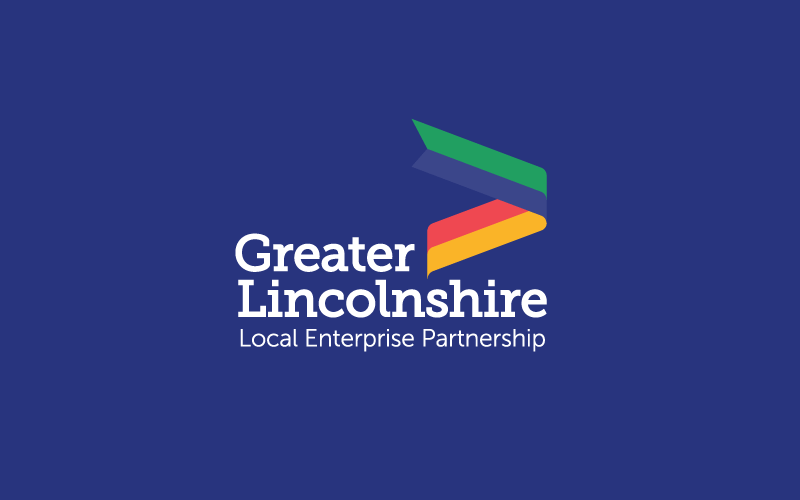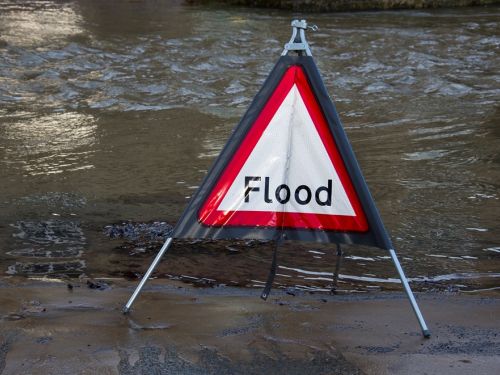Measuring the Carbon Footprint of the Seafood Supply Chain
Hilton Foods is an international food business with 25 facilities in 14 countries, employing 7,000 staff. Products include seafood, meat, vegan,and vegetarian products, easier meals, and supply chain solutions.
Tom joined Hilton Foods from the automotive sector and is helping lead the sustainability agenda across the business. He recently spoke to the Greater Lincolnshire LEP about the company’s involvement in the Seafood Grimsby and Humber Alliance (SGHA) Carbon Collaboration programme.
Hilton Foods owns a seafood processing business in Grimsby, Hilton Seafoods, and is an active member of the SGHA which has spearheaded adoption of a world leading carbon footprinting tool for the seafood supply chain developed with Seafish.
Carbon footprinting is one of three strategic priorities for the SGHA, alongside working to develop a collaborative R&D and skills provision with the University of Lincoln, and the development of a Code on Conduct for Pangasius (a medium-large catfish native to fresh water in South and Southeast Asia).
Developing a carbon footprinting tool has been challenging because the seafood sector is a truly international sector, with Hilton working with suppliers from around the world. Additionally, many of these suppliers are small family businesses with limited capacity to calculate their emissions.
The SGHA Carbon Collaboration project is taking a three stage approach: measuring the footprint, mapping potential actions and implementing projects which will help the members reduce emissions across their shared supply chain. A key action has been to develop a shared methodology so all parts of the supply chain, including processors and retailers, can access carbon data from SMEs in the fish supply chain from a common source. This means fishers and other small businesses in the supply chain only have to calculate data once.
An exemplar of pre-competitive industry collaboration, the toolkit was developed with the industry levy board, Seafish, with support from all the major UK retailers, SGHA and international partners. Seafish acts as the trusted intermediary, holding the data so that fishers and aquaculture farms only need to report the data needed to calculate their carbon footprint, ensuring commercial confidentiality.
Industry wide collation of primary data will allow the seafood sector to rapidly identify where the real carbon hotspots are with much more accuracy than in parts of the food chain which are still relying on secondary data. This informs industry decisions and allows the seafood sector to deliver one of the most comprehensive and forward-looking carbon reduction programmes in the food sector.
Tom believes the approach pioneered in seafood can be extended to other sectors, and as a multi-protein business Hilton Foods are well placed to deliver that. As the food chain moves to embrace scope three reporting, this will allow UK producers to better share with customers the lower carbon credentials of their production methods, reduce the wastefulness of multiple reporting and accelerate decarbonisation in the sector. If this can be delivered the UK food industry can lead the world in delivering food chain carbon reduction.
The Seafood Tool was formally launched on 3rd May and can be accessed here.

.png)

